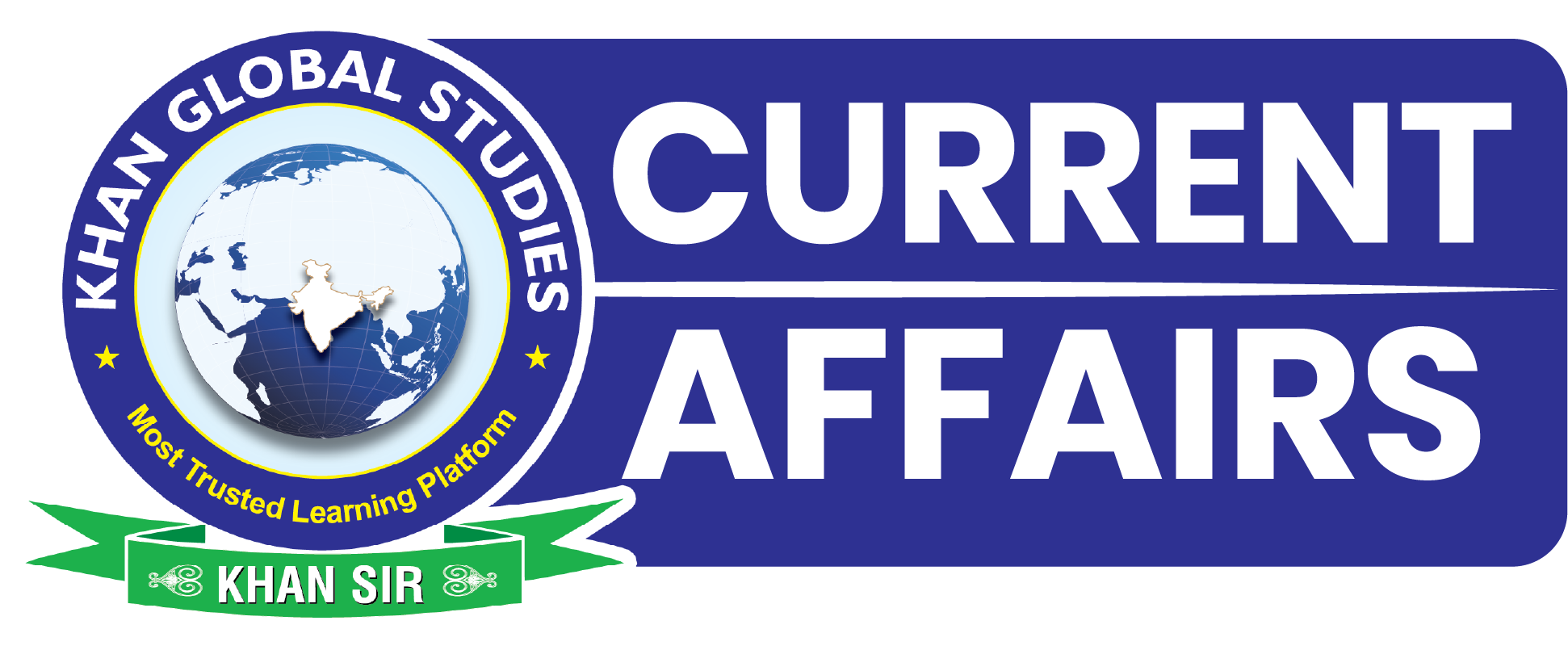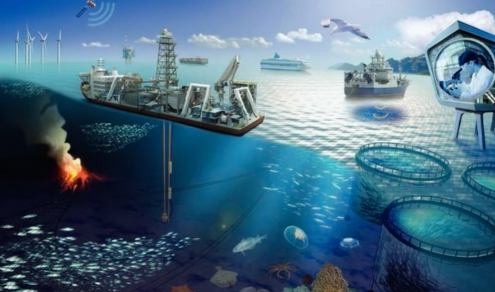Syllabus:
GS-3: Indian Economy and issues relating to planning, mobilization of resources, growth, development and employment.
GS-3: Conservation, environmental pollution and degradation, environmental impact assessment
Context: Recently, NITI Aayog released a report on “India’s Blue Economy: Strategy for Harnessing Deep-Sea and Offshore Fisheries”.
Key Highlights of the Report
- India is the second-largest fish-producing country globally, accounting for about 8% of global production.
- The fisheries sector supports nearly 30 million livelihoods and generated export earnings of ₹60,523 crore in FY 2023–24.
- India’s Exclusive Economic Zone (EEZ) covers more than 2 million sq. km and the coastline extends for 11,098 km across nine coastal States and four Union Territories, offering vast deep-sea fishery resources.
- The estimated potential yield within the EEZ stands at approximately 7.16 million tonnes, yet deep-sea resources are largely untapped.
- An indicative costing framework for the three phases has been provided by considering the convergence of centrally sponsored and central sector schemes related to fisheries:
- Phase 1: Laying the foundation and fostering early growth (3 years| 2025-28).
- Phase 2: Scaling up and achieving global competitiveness (4 years| 2029-32).
- Phase 3: Global leadership in sustainable deep-sea fisheries (8 years and beyond | 2033 onwards).
Government Initiatives
- Pradhan Mantri Matsya Sampada Yojana (PMMSY): It provides subsidies and financial support for modernizing fleets and promoting deep-sea fishing; and other measures like
- Fisheries and Aquaculture Infrastructure Development Fund (FIDF): It is a government scheme that provides concessional finance for creating and modernizing fisheries infrastructure.
- National Fisheries Policy 2020: It provides a framework to promote sustainable and inclusive development in the sector.
Key Challenges highlighted in the Report
- Infrastructure and Technological Gaps:over 90 fishing harbours, but only a handful are equipped to handle larger vessels ; fleet modernization lags, and shortage of dry-docking facilities .
- Data deficiency: Lack of a centralised database and insufficient integration of available data from different sources like fishermen’s reports and satellite data.
- Regulatory Deficits: There are inadequate laws regulating fishing activities within India’s EEZ, contributing to issues like Illegal, Unreported, and Unregulated (IUU) fishing.
- Limited Fleet Presence: As of 2023, India possesses only four government-flagged vessels for deep-sea fishing, far fewer than neighbouring countries like Sri Lanka (1,883) and Iran (1,216).
- Talent and Skill Gaps: There is an urgent need to build capacity and enhance research and training in fisheries management and blue economy sectors.
- Environmental Concerns: The rapid expansion must balance economic growth with ecological sustainability to avoid overexploitation and depletion of marine resources.
About the Report
- The report represents a strategic policy intervention to transition India into a Blue Economy, with emphasis on harnessing deep-sea and offshore fisheries for sustainable growth.
- It aims for a US$100 billion blue economy by 2030, integrating economic activities with ecological preservation and resilience-building in maritime sectors
- It presents a comprehensive framework covering the deep-sea fishing sector within India’s Exclusive Economic Zone (EEZ) and international waters accessed through regional fisheries agreements.

